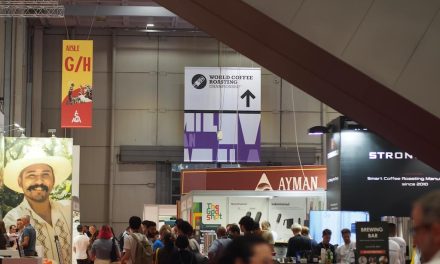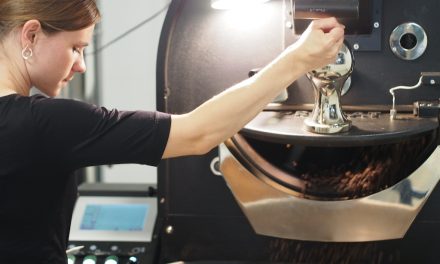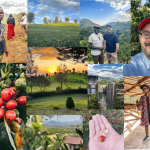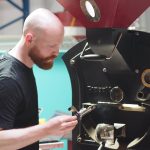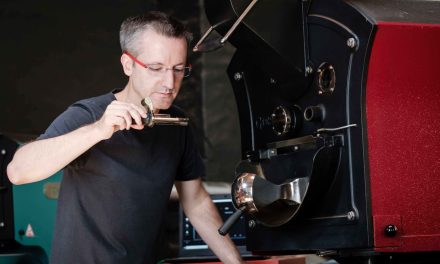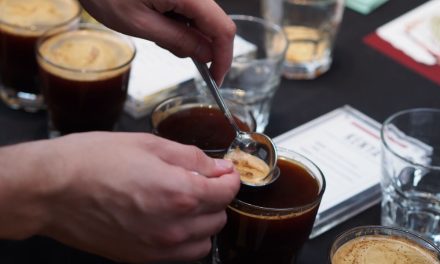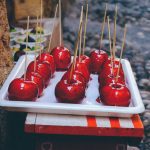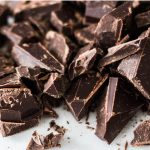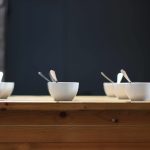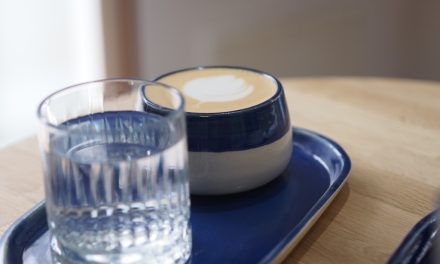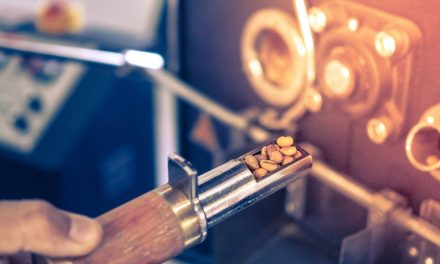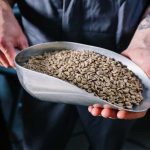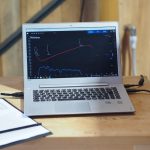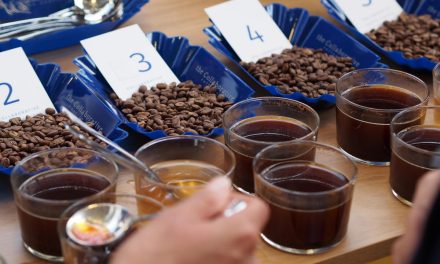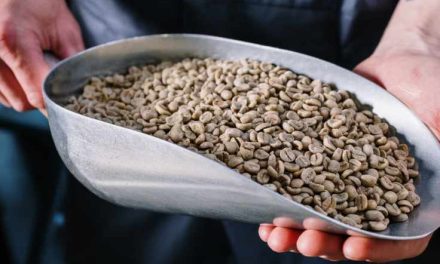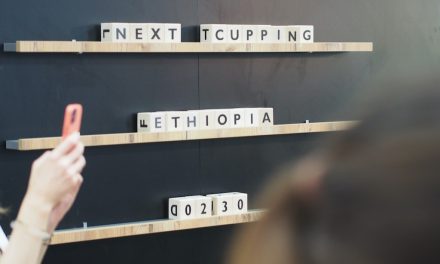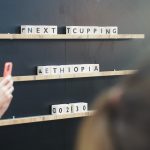
Max, what’s different in your roastery after your origin trip?
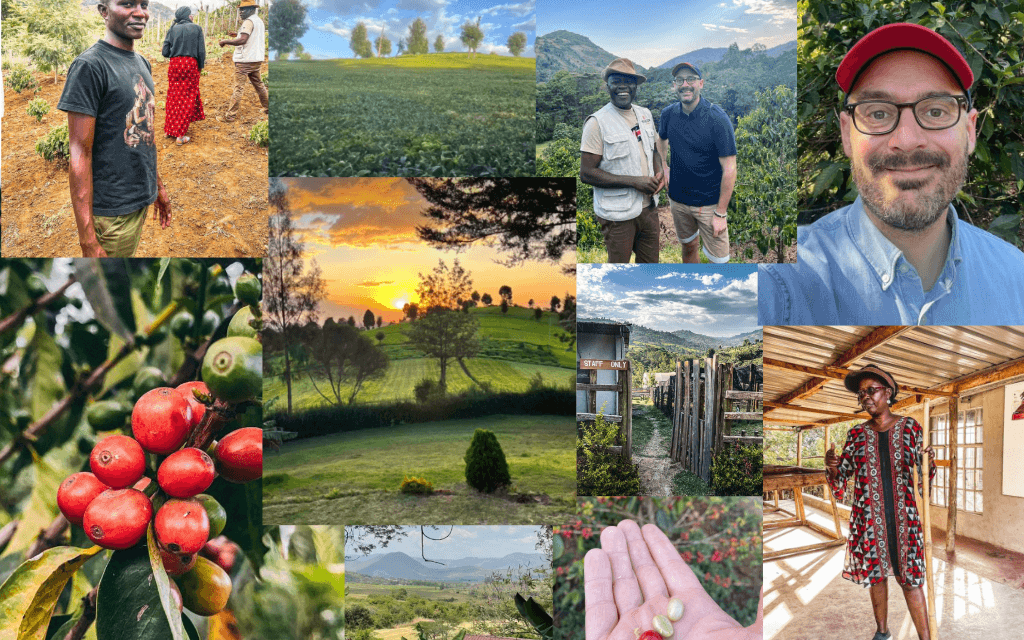
Max from MaxBean – The Good Roasters from Ennepetal in Germany was in Kenya on a coffee trip – His first one. He told me what impressed him, what he now does differently when buying green coffee and why he can now explain his coffee much more authentically.
This article is for you if
you are also looking for a suitable country of origin for your coffee journey and want to see if Kenya can be a suitable choice
you are interested in how Max’s roastery and online shop work in his absence
you want to be inspired by touching moments at the coffee origin
you want to get an impulse for your philosophy of green coffee purchasing
How did the trip come about?
Generally going to the origin and also visiting some of the farmers we work with, that had been on my mind for a while.
I opened 2 months before the pandemic and with Corona, the desire to travel was rather dampened. But after two and a half years, it was somehow time to get going to origin and then I thought a bit about where to fly, who to visit and what to do.
And then there were several advantages for Kenya: a relatively short journey of 8 hours, a short time difference of 2 hours and no language barrier, because English is still the official language. And since I don’t speak Spanish and Portuguese, I assumed that I would be able to interact better with the people there.
Yes, and Chris from Wertkaffee, from whom we source our Kenyan coffee, also offers trips himself. And that was a coherent package for me. Because if you’ve never done it before and then don’t have to take over the entire organization yourself, it’s very gratifying to be able to say that you’re joining forces there.
“Wertkaffee” also has a charitable background, because another 25 cents are donated per kilo of green coffee. And that goes to a local organization that Chris’s grandfather helped to found in 1970, and that was another ulterior motive that I found exciting.
That was the background and it’s also charming that two other roasters were also on the trip. That also leads to further exchange and I still benefit greatly from the exchange, perhaps more than others.
Like Philipp Turpin from Cycle Roasters, for example. He’s been doing this for 12 years, he’s an experienced competitive roaster, and so on, and he’s bound to be more interested in other things than I am, but it was a very worthwhile trip and experience, yes.
Kenya is known for coffees with unusual cup profiles that delight professionals and connoisseurs alike. Did you also have flavor highlights in your cup?
Yes, it was extremely exciting. The whole trip was. We visited a wide variety of companies and farmers there, with whom Chris then works.
We were able to see everything, the processing, and we were able to talk a lot with the farm managers and the owners. What they do there and what their focus is.
At a very exciting farm, which is extremely advanced in terms of processing even by Kenyan standards, in addition to the classic washed coffee, there are also natural, anaerobic and honey coffees.
I think it was two or three years ago that naturals started coming from Kenya. They got involved relatively early on and now they also have anaerobically processed coffees.
It’s great to see it for yourself and to have it explained to you, to hear the farmers’ thoughts and to understand the demands of our European colleagues, and how the value chain is connected.
We cupped a total of 71 different coffees, although it has to be said that we only had AA, AB and Peaberry from each farm once. So we didn’t always have Peaberry, but we always had AA and AB, so you would have to divide the number of coffees by two or three.
This crazy amount and variety of coffees, well, I think there were 35 in the morning and then the rest in the afternoon. Yes, that was really nice and then maybe it was a bit overwhelming. I’ve never cupped so many coffees in one day.
At my roastery, sensory control is limited to our own production coffees, which of course you get to know quite well over the years. Or new samples, if they are new purchases. But then to taste so many coffees from one region was a bit of a challenge, yet a nice challenge.
Yes, I actually fell in love with several coffees, but you can’t buy them all, and yes, I bought more than I actually wanted.
I think if you had the samples at home in the roastery and it was a bit more business-like, I would have bought less than when you are on site and standing in the exchange and then building a relationship. That’s a bit romantic that feeling.
And the people there are open, warm and full of life, and we were given such a warm welcome and everyone was interested in and grateful for the interest from us on the other side of the value chain.
That really gives you a good feeling and has simply influenced my whole coffee life. Yes, my motivation as a coffee roaster has been raised to a completely different level.
As soon as we got home, we turned over every stone again: whether it was the roasting profiles or our own sourcing, which was scrutinized again to see how we could improve it or make it more sustainable, and so on. I have to say that working with coffee is extremely enjoyable.
So that means you’re coming back to the roastery with even more drive, and have you already changed or adapted anything specifically?
Yes, well, on the one hand, through contact with the other roasters in Whatsapp there was another intensive exchange about our own roasting profiles and our own ideas about roasting.
I would say that everyone has their own handwriting or something, a way of interpreting or what is important to them. And when you spend 10 days, 24 hours a day with two colleagues just talking about coffee, you get a lot of input.
We didn’t scrutinize every coffee, but we did another cupping of the production. And then I implemented some of the ideas I’d picked up again to see which direction the coffee was moving in.
I ask myself whether it might make sense to change something again. That was one part, and the other part was then also to consider how you buy your green coffee, shaped by experiences and exchanges on the ground.
Of course, I have no idea how coffee farmers in Nicaragua, Brazil or Colombia work now and have not built up a relationship with them there. The idea of using sustainability in purchasing to exert influence or leverage there has grown considerably.
Maybe it’s time for a change of direction, because with every bag we buy, wherever it is, we can achieve something on the other side. And we shouldn’t take that lightly. I want to think more about how I want to act in this regard.
Did you have a specific goal for the trip or did you just go with the flow?
On the one hand, the goal was to learn more about the coffees and how they are processed, as well as how people live there and what influence this coffee has on them and their lives.
That was one of the most important things.
And the second was simply to get to know the farmers of our Kenyan coffees, maybe even say thank you, have a coffee with them.
I took our Kenyan coffee with me when I roasted it and drank it with the people on the farm. That was also an idea and it definitely came true.
So this component, that also took up a large part of the trip and that was important to me to see because I’ve been roasting coffee for 3 years now and telling people how important everything is that happens at the source, and how much love and work goes into it and how much work people have to do to make a living. But if you haven’t been there, there’s still a bit of an authenticity issue.
I feel myself as a roaster now just a bit more complete, you could say yes. I missed that a bit, not having done it before, and it has clearly planted the idea of trying to make one of these trips once a year.
Yes, so definitely there was the goal of working there and understanding what was going on.
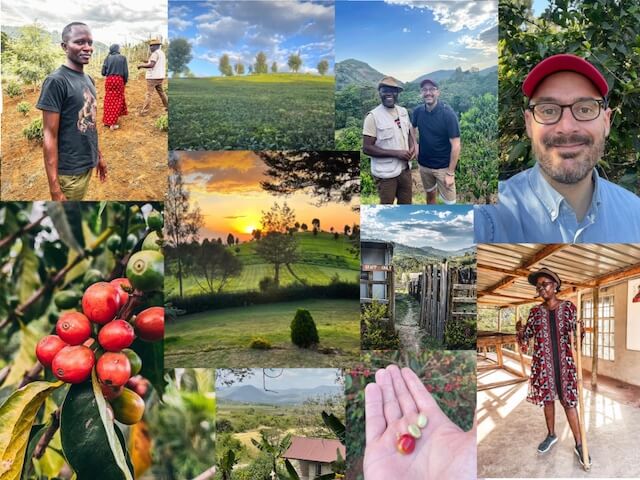
How long were you on the road?
We were only there for 10 days.
Just fine, 10 days is quite a lot. You now have your own roastery. What happens to the roastery and the online shop during that time?
I’m lucky to have capable employees.
I have a full-time employee who, in addition to filling the warehouse, also bags the coffee, does the scheduling, checks the online shop, prints the delivery notes and the shipping labels, and gets the packages ready when DHL comes.
That means that, thanks to this lovely woman, I was quite well set up as far as this is concerned. I didn’t have to worry about the online shop aspect for the time being because it’s her daily work anyway.
And on the other hand, I still have a trainee, Georgios, who is in his second year of training. He is doing an apprenticeship in e-commerce. And because I have a university degree, I am also allowed to provide commercial training.
Unfortunately, there is no vocational training for coffee roasters or baristas or coffee traders or the like. He also wanted to roast out of his own interest, and for the first little over 2 years, he took part in every coffee roast and absorbed everything I could teach him.
So that even in my absence, I would have been sure that Georgios could roast in an emergency. I trust him 100%, and so we pre-roasted a certain amount for these 10 days, especially with our commercial customers, i.e. I have my commercial customers, who then also buy larger quantities, wrote to them about my absence, gave them a last roasting date or better order date, so as not to be overwhelmed all at once.
And organizing it all worked out quite well. I wrote down a certain amount for the private customer area and a certain amount for the pre-roasting for a roasting plan. And so I was very well prepared.
Nevertheless, things go wrong sometimes, but I think that’s hard to avoid because there are three of us working there, and when one of us is absent, that’s about ten hours of work for me every day that has to be covered by the other two.
And with 10 days, that might not work every day. I think you have to accept that and then just find a good way of communicating with those who, in whatever way, may have been disappointed by whatever happened.
If you have a different company size, and have simply doubled up on certain positions, as I call it, then it’s much easier. We don’t have that luxury. And if it’s also the time of the month for the monthly changeover, then I know that I have to do the coffee tax registration while travelling. I’m glad that this process, in particular, has recently been digitized.
You just have to think a little bit in advance about what will actually happen during the period and how you can organize it well.
Just a quick question. How long is the period between the flight, booking and actual flight, in other words, how long did you know in advance that you were flying away?
Yes, I have to think about that for a moment. But about 7 weeks. Approximately. So the decision was made, the acceptance was given and I think it was 7 weeks. I think at the beginning of December I accepted and at the end of January we flew.
Thank you for the interview, Max!
Read more about maxbean THE GOOD ROASTERS – Pionierarbeit from Ennepetal/Germany

